Straw white glaze tea bowl Nishidansei
Straw white glaze tea bowl Nishidansei
Couldn't load pickup availability
Width: 14.4cm Depth: 14.6cm Height: 10.8cm
A landscape of straw-white glaze that resembles snowflakes
The straw-white glaze that covers this piece seems to capture the moment when the accumulated snow melts in places, revealing the earth beneath. The soft white, derived from straw ash, allows the reddish-brown base to partially show through, creating warm shadows like the winter sun shining through gaps in tree bark. The contrast between white and brown avoids monotony, while skillfully balancing the opposing impressions of tranquility and rustic charm, leaving a deep impression on the viewer's mind.
Rounded shape and star-shaped rim
While the body is primarily round, it has a "dimple" that can be pressed in with a finger, creating an outline that is close to a star. This slight deformation gives rhythm to the gentle sphere and increases the sense of stability when held in the palm of your hand. The small ripples that appear on the rim also soften the mouthfeel and add a graceful movement that visually evokes the ridges of a snow wall that has fallen from an avalanche.
Deep breathing brought about by Tanba clay
The base is made from coarse clay from Tamba, which is rich in iron, and the red clay shows through in the thinner parts of the glaze, breathing a warmth into the quiet white of the straw-white glaze. The roughness of the clay particles is faintly visible beneath the glaze layer, allowing you to sense the life-like quality of natural materials even within the smooth white glaze.
Functional beauty as a tea bowl
The inside of the teapot is gently rounded and slightly deep, allowing it to be used for both thin and thick tea without interfering with the movement of the chasen. The thick body gently transfers heat, keeping the teapot at a gentle temperature when held in the hand, making it comfortable to use even at tea ceremonies in the winter. The base is low and modest, yet well-carved, ensuring stability on the table.
The contrast between white and brown brings out the green of matcha
The soft white of the straw white glaze makes the vivid green of the matcha stand out even more. When brewing thick tea, the white glaze is gently reflected on the dark brown surface of the liquid, while when brewing thin tea, the pale colors of green and white flicker within the vessel. Throughout the tea ceremony, you can enjoy the poetic scenery reminiscent of young grass sprouting on the snow.
A design that connects tradition and innovation
While rooted in the long history of Tamba ware, Nishibata Tadashi pursues unprecedented aesthetic beauty with bold indentations and elegant rims. Using the classic material of straw white glaze, examples that so vividly contrast with the red clay are rare, and these are ambitious works that demonstrate the intersection of tradition and innovation.
A landscape nurtured by time
The fine crazing in the glaze layer will take on a subtle tea color with repeated use, transforming into a warm scene like a soft sunset shining on a snowy surface. The natural color change that occurs along the crazing is proof that the vessel will grow with the owner's years, and you can truly experience the joy of embodying the "beauty of utility."
This straw white-glazed tea bowl simultaneously reflects the melting snow on the earth and the breath of spring awaiting it. Hold it in your palm, brew tea, and treasure the scenery that develops over time. The quiet story woven by the harmony of white and brown will surely make your tea ceremony even deeper and richer.
Tadashi Nishibata Biography
Born on February 24, 1948. Started making pottery in 1969. 1976. Hyogo Prefectural Exhibition Encouragement Award. 1986. Selected for the Japan Traditional Crafts Exhibition for the first time. 1988. Selected for the Japan Traditional Crafts Exhibition. Japan Traditional Crafts Exhibition. Japan Crafts Association President's Award. 1989. Selected for the Japan Ceramic Art Exhibition. Nogawa Memorial Award, Handon no Kai. 1991. Selected for the Japan Traditional Crafts Exhibition. Selected for the Japan Ceramic Art Exhibition. Grand Prize at the Tea Ceremony Forms Exhibition. 1992. Selected for the Japan Traditional Crafts Exhibition. Excellence Award at the Tea Ceremony Forms Exhibition. Hyogo Prefecture Emerging Artist Encouragement Award. Invited to exhibit at the NHK-sponsored Paris - 100 Contemporary Japanese Ceramics Exhibition. Excellence Award at the Tea Ceremony Forms Exhibition. 1993. Selected for the Japan Traditional Crafts Exhibition. Solo exhibition at Sogo Hiroshima store. Kyoto Chemin. 1994. Selected for the Japan Traditional Crafts Exhibition. Solo exhibition at Nihonbashi Mitsukoshi Main Store. 1995. Selected for the Japan Traditional Crafts Exhibition. Solo exhibition at Sogo Hiroshima store. 1996. Selected for the Japan Traditional Crafts Exhibition. Awarded the Excellence Award at the Tea Ceremony Design Exhibition, solo exhibition at Nihonbashi Mitsukoshi Main Store
1997 Encouragement Award at the Tea Ceremony Design Exhibition 1998 Selected for the Japan Traditional Crafts Exhibition Solo exhibition at Mitsukoshi Nihonbashi Main Store Selected for the Japan Traditional Crafts Exhibition 2000 Solo exhibition at Mitsukoshi Nihonbashi Main Store Solo exhibition at Mitsukoshi Fukuoka 2001 Selected for the Japan Traditional Crafts Exhibition 2002 Solo exhibition at Mitsukoshi Nihonbashi Main Store Solo exhibition at Gallery Dojima 2003 Solo exhibition at Touchingston, USA 2004 Grand Prize at the Tea Ceremony Design Exhibition at Sogo Hiroshima 2005 Exhibited at the Akashi City Museum of Culture and Hyogo Ceramics Exhibition Purchase of Akadobedai, Hyogo Ceramic Art Museum Solo exhibition at Gallery Dojima, Mitsukoshi Nihonbashi Main Store 2006 Grand Prize at the Tea Ceremony Design Exhibition Selected for the Japan Traditional Crafts Exhibition at the Museum of Fine Arts, Boston and the New York Japan Society Gallery Solo exhibition at Yokohama Takashimaya Touchingston, USA Father and Son Exhibition at Matsuyama Takashimaya Toshunkai Exhibition, Sogo Yokohama. Encouragement Award at the Tea Ceremony Art Exhibition. Selected for the Japan Traditional Crafts Exhibition in 2008. Selected for the Japan Traditional Crafts Exhibition. Solo Exhibition, Yokohama Takashimaya, Mitsukoshi Nihombashi, Santa Fe, Touchingston, USA. Toshunkai Exhibition, Funabashi, Seibu, Sogo Hiroshima. Invited to the Japanese Ceramics Exhibition in 2009. Solo Exhibition, Gallery Dojima, Sendai Mitsukoshi, 2010. Sogo Kobe. Exhibited in the Musee Tomo Grand Prize Exhibition, Contemporary Tea. Solo Exhibition, Yokohama Takashimaya, Touchingston, USA. Invited to the Japanese Ceramics Exhibition. Solo Exhibition, Joan B. Marvis, New York, USA. Invited to the Japanese Ceramics Exhibition in 2013. Exhibited in the "Contemporary Famous Bowls" exhibition at the Musee Tomo, Kanmi Kikuchi Memorial. Solo Exhibition, Mitsukoshi Nihombashi, Santa Fe, Touchingston, USA. Gallery Miyazaki, Sogo Kobe, Chiba Sogo, 2014. Solo Exhibition, Mitsukoshi Nihombashi, 2015. Received the Hyogo Prefecture Cultural Award in 2016. Exhibited at Higashihiroshima City Museum of Art for "Ceramics that Color Our Lives - Food Ware" Exhibited at Joan B. Marvis' 40th Anniversary Exhibition in 2017.
2018 Solo Exhibition at Nihonbashi Mitsukoshi Main Store
Share
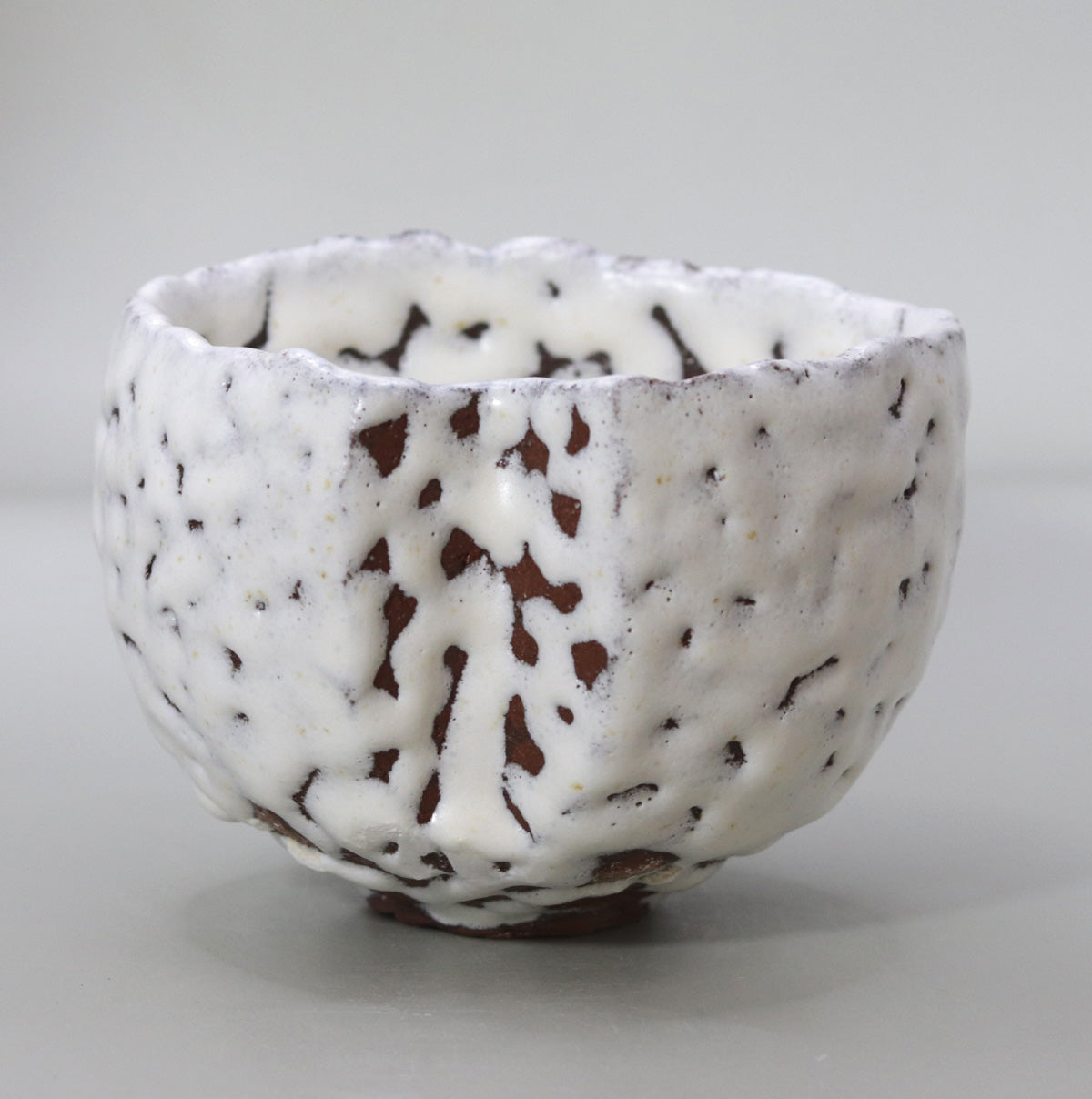
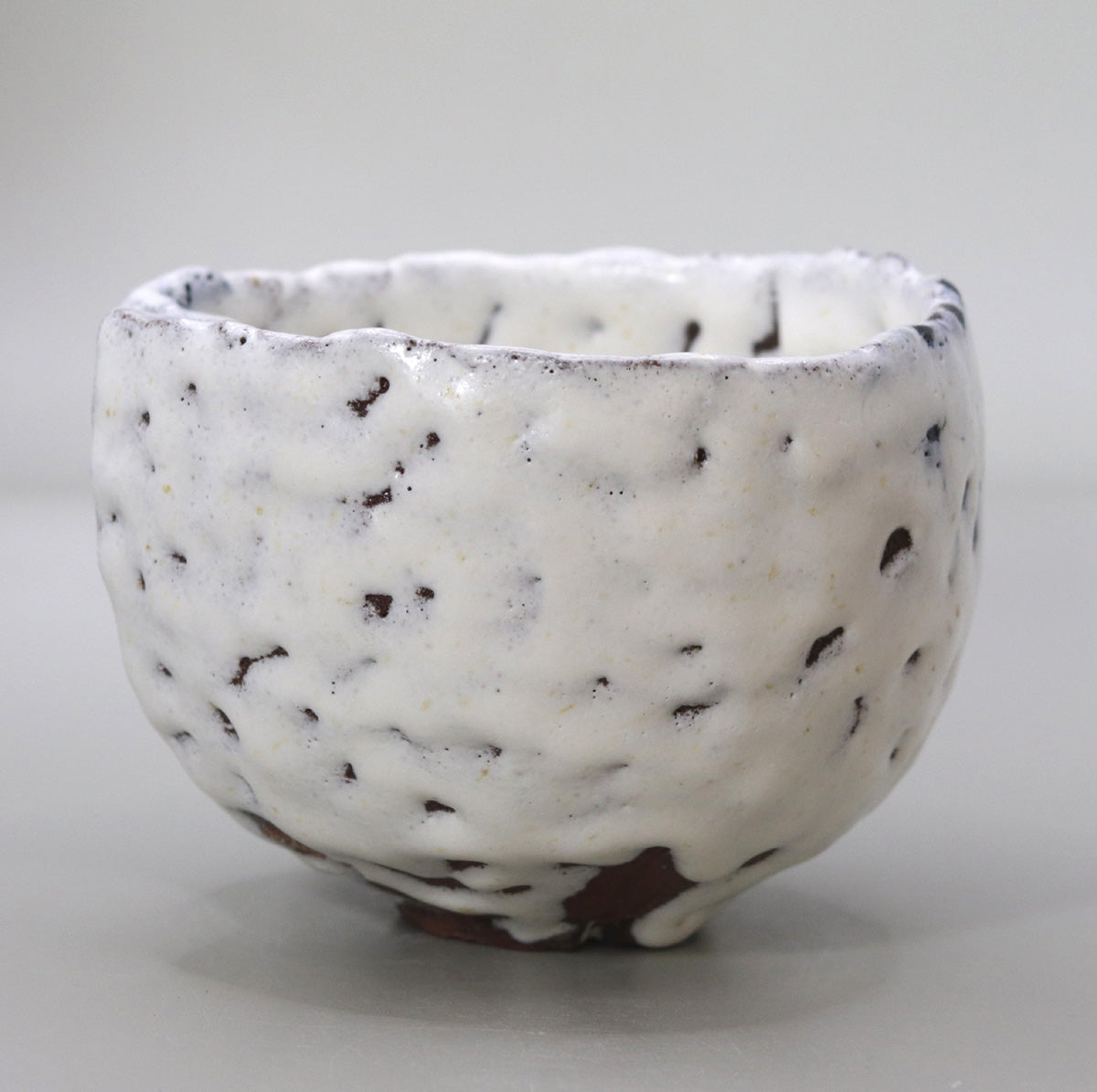
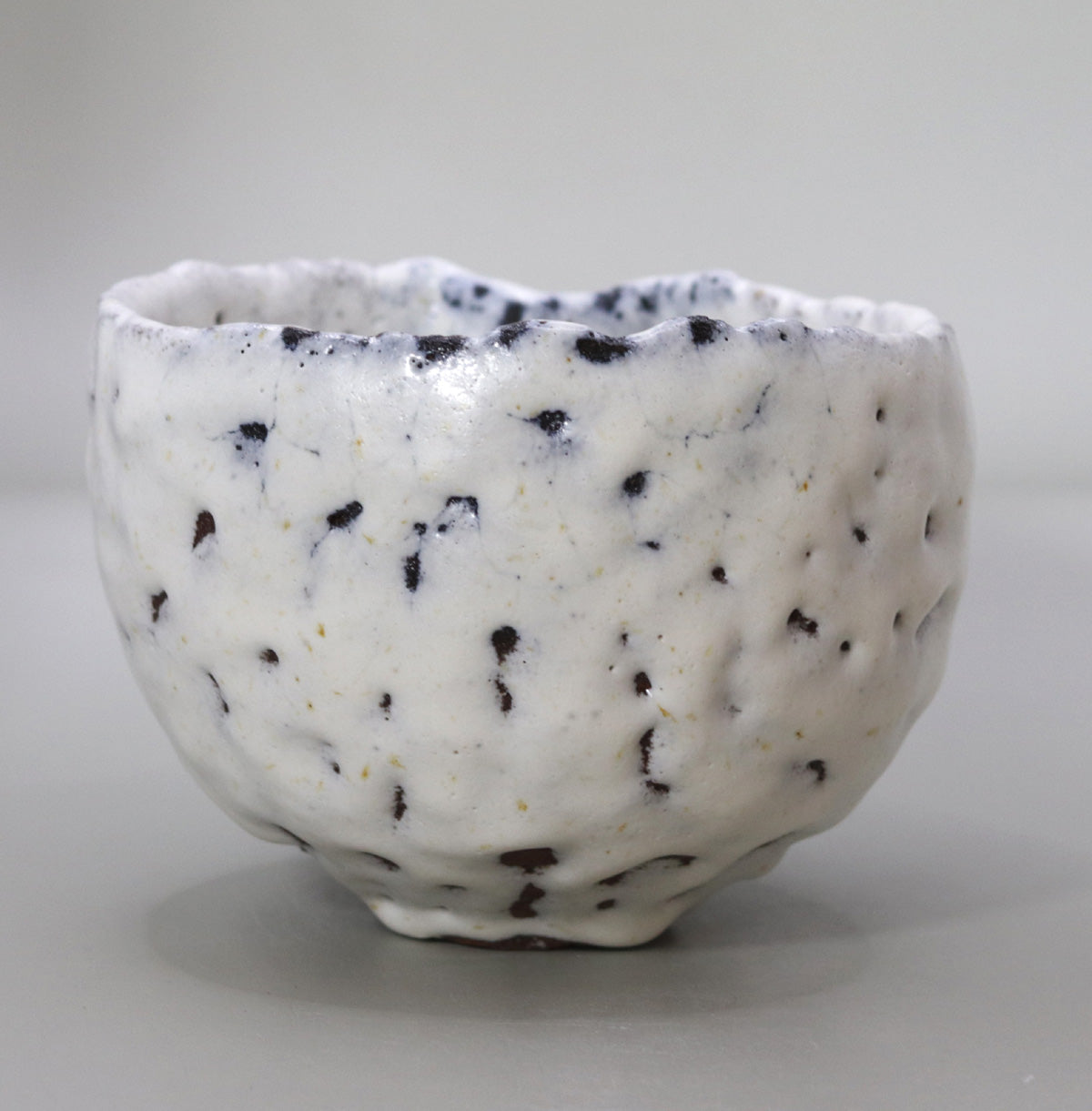
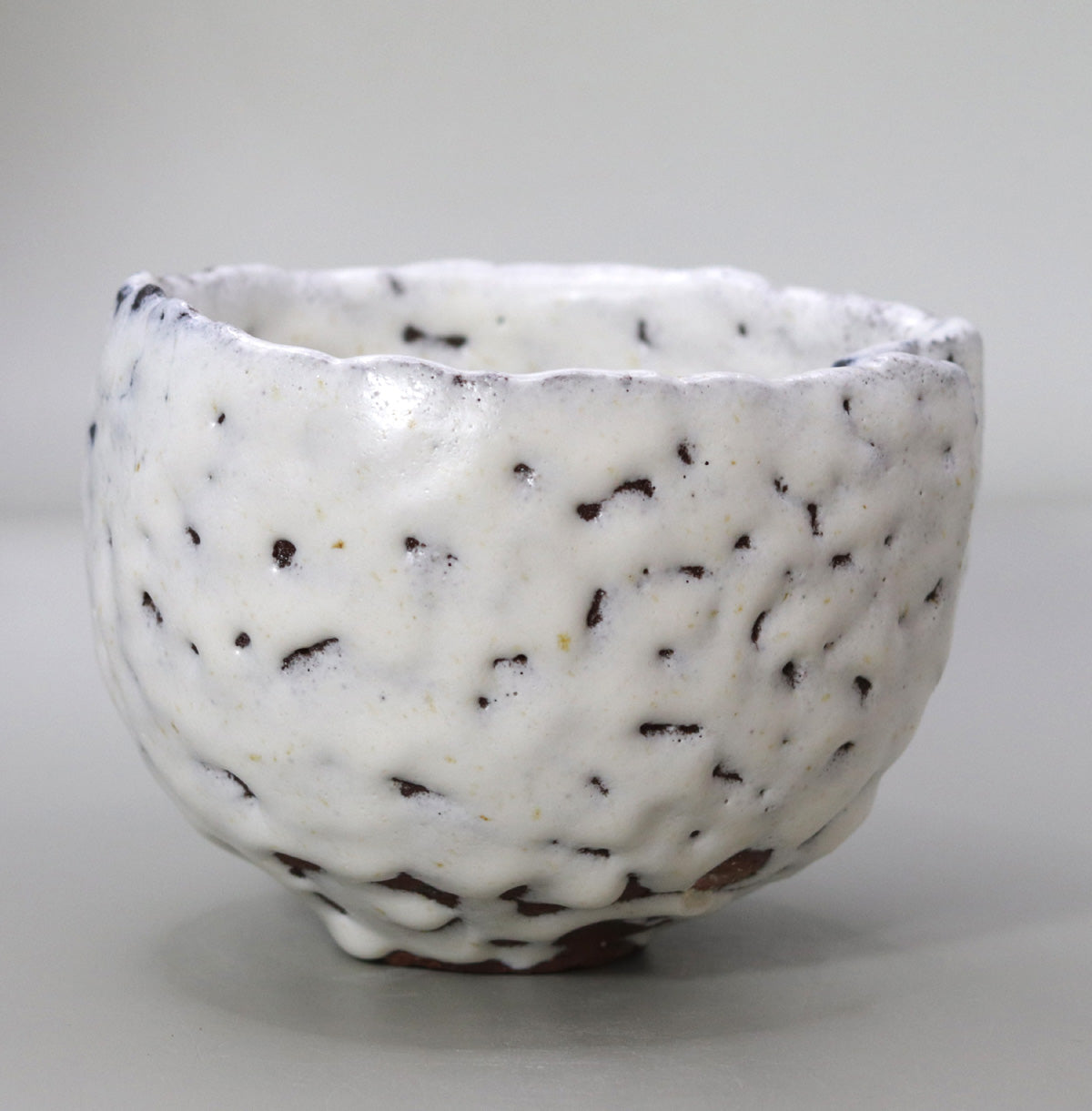
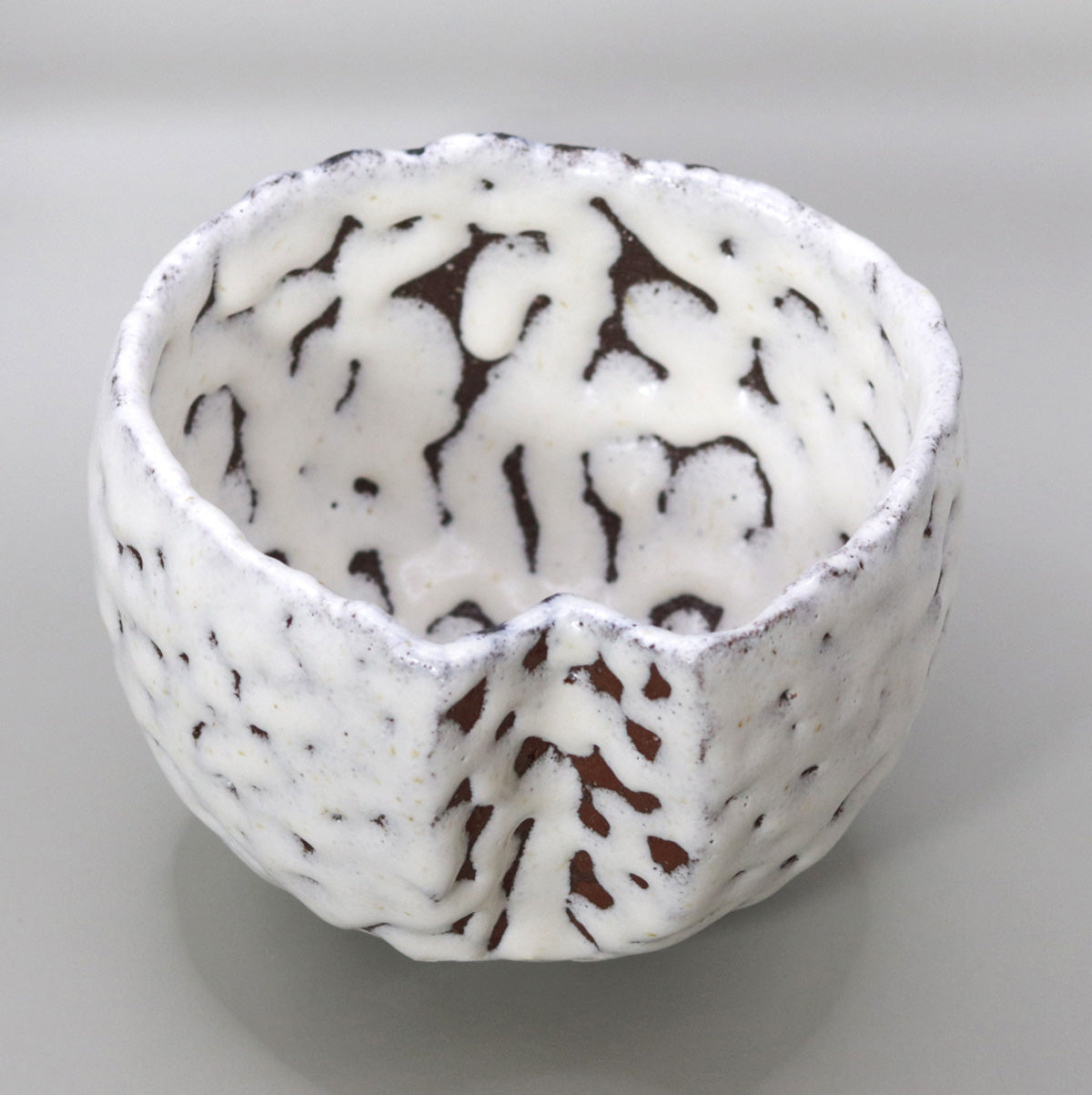
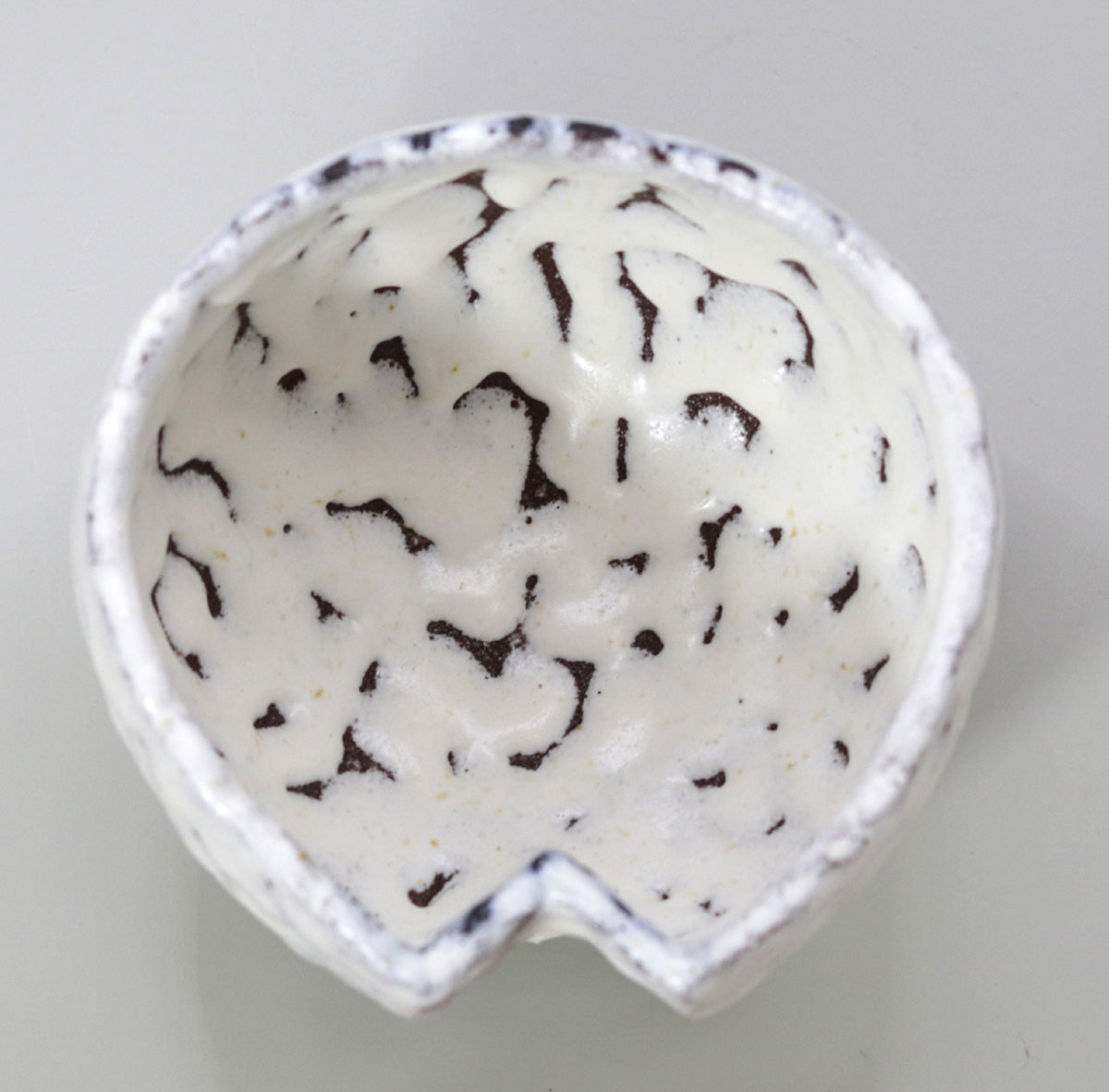
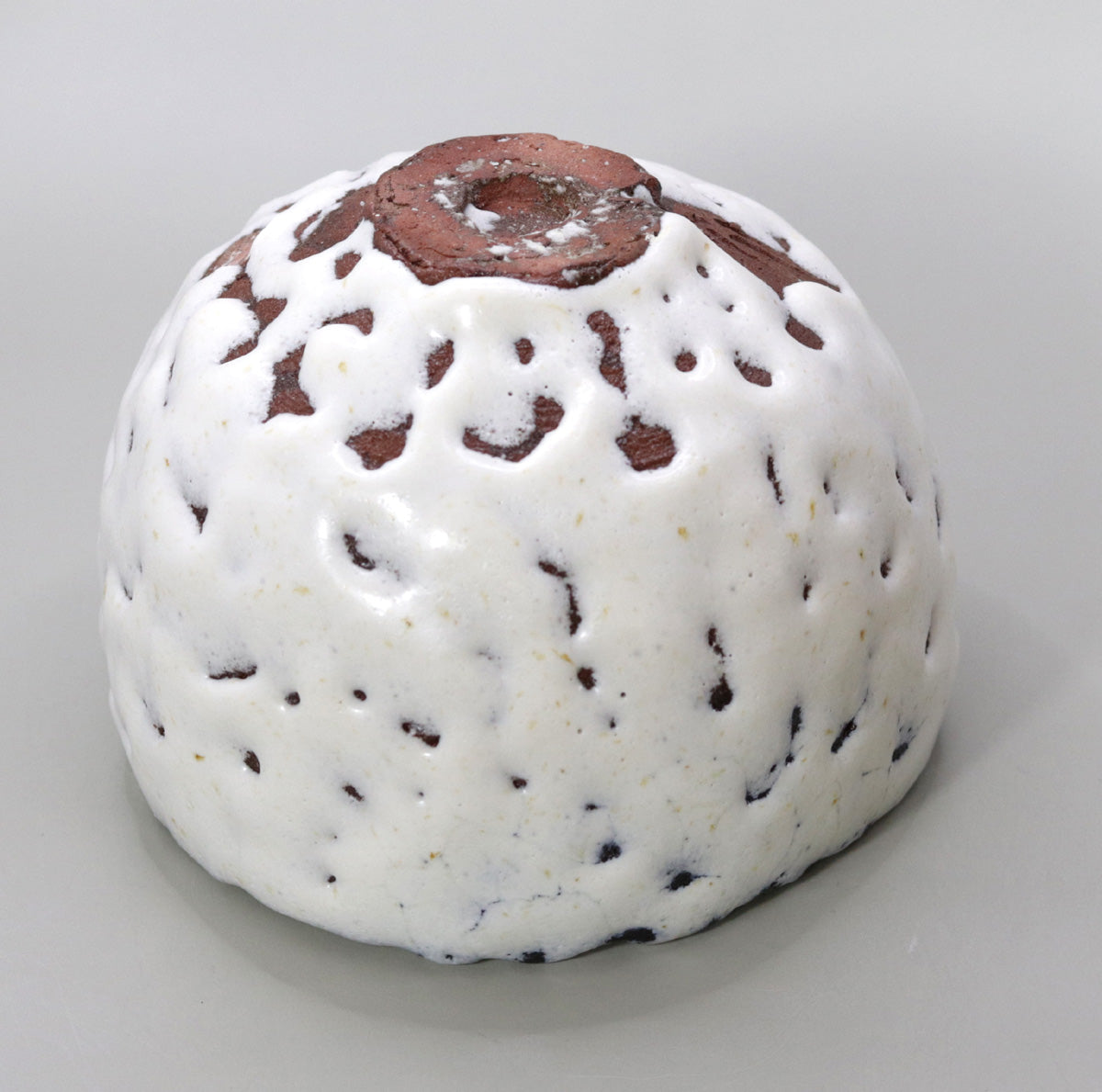
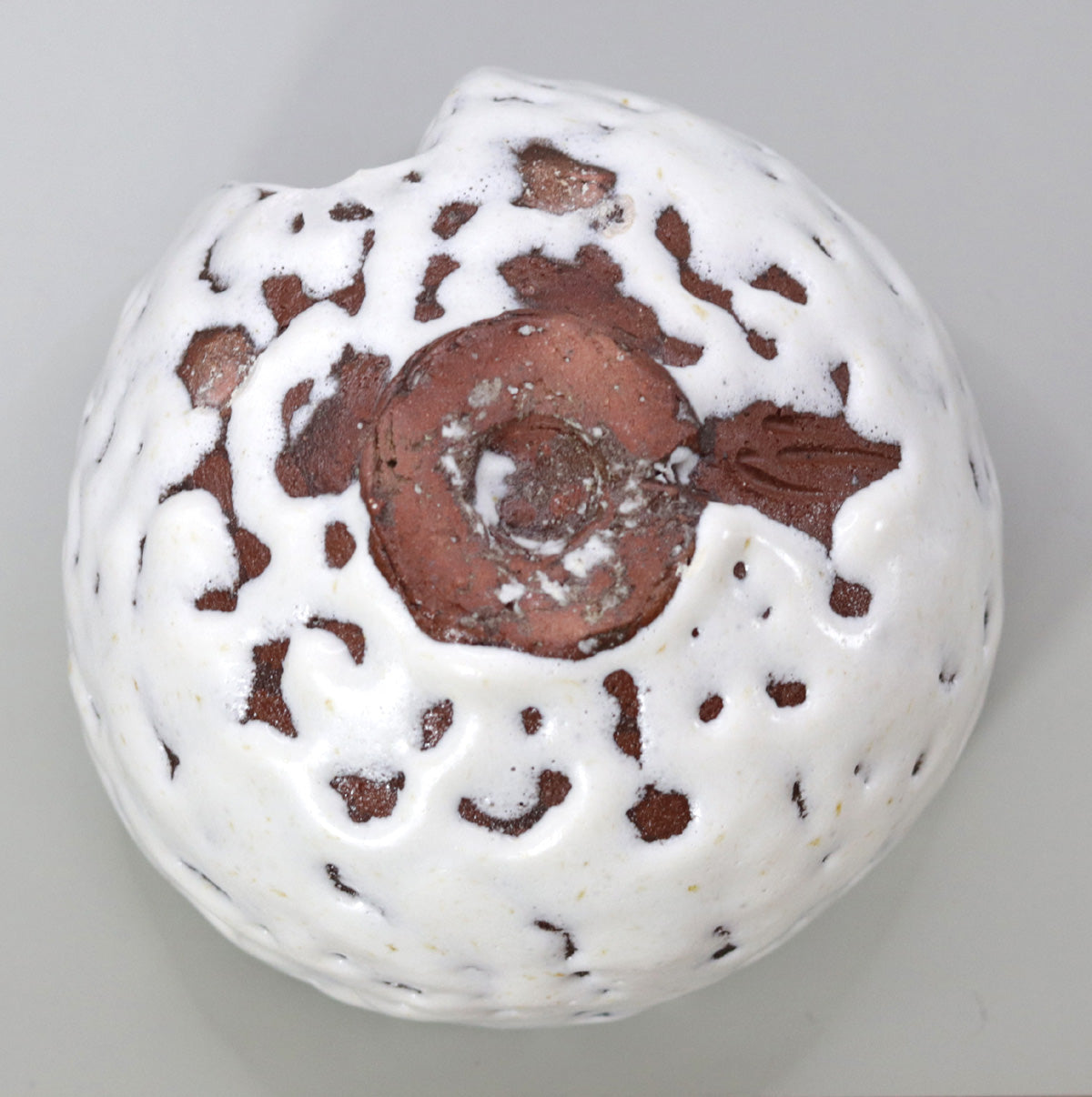
Multi-Column
-
[I will send it to you quickly and carefully]
We carefully package each product in a way that suits it best.
Also, delivery times vary depending on the piece (vessel, etc.).
Items that already come with a box will be shipped within 1-3 days of the order date.
For items that require a box to be made after your order, it will take approximately 30 days for production to be completed and then shipped.
In either case, once we have confirmed your order, we will contact you by email to inform you of the delivery date.
-
[Requests when purchasing pottery]
Even products that look the same may differ slightly in color, shape, size, etc.
The way the glaze is used, the power of the kiln, the firing method, the season, and the humidity also affect the appearance of the pottery.
Please understand the individuality of each piece of pottery and enjoy the unique warmth of handmade.








